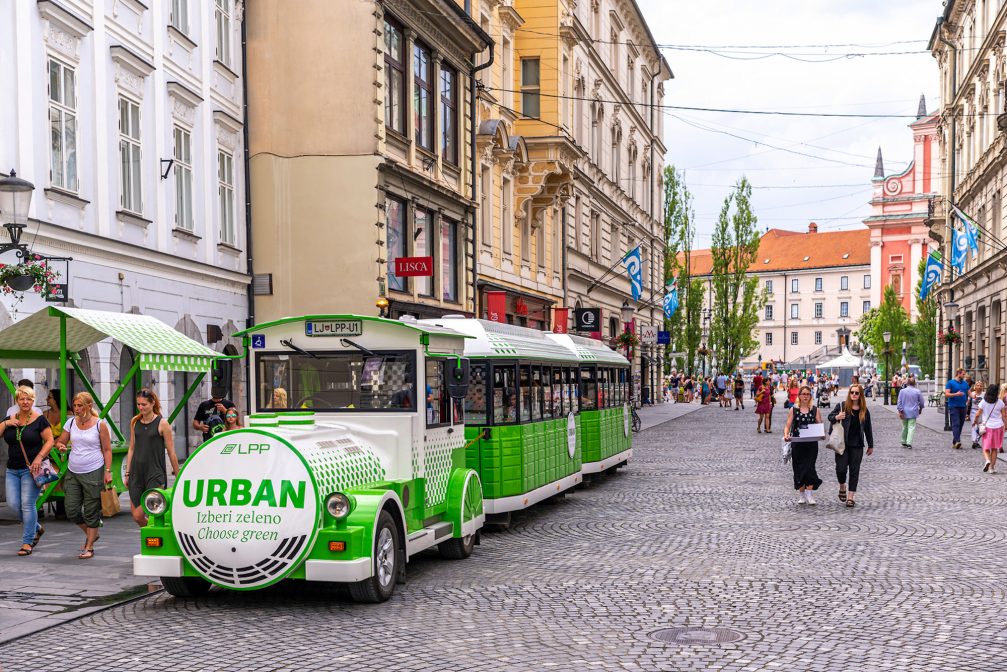The Global Peace Index 2016 was recently published by the think tank Institute for Economics and Peace, revealing the safest and most dangerous countries in the world. The 10th annual edition of the report ranked 163 countries based on their levels of peace. Every country was issued a peace score out of 5 (the lower the score, the higher the level of peace), determined by analysis of 23 factors under three categories: the level of safety and security in society, domestic and international conflict, and militarisation.
Of the 11 nations deemed to have a very high level of peace by the Global Peace Index, 8 are in Europe, while New Zealand (named the 4th safest), Canada (8th) and Japan (9th) also make an appearance.
The complete list of the 11 safest countries on Earth, along with their respective peace scores includes:
1. Iceland (1.192)
2. Denmark (1.246)
3. Austria (1.278)
4. New Zealand (1.287)
5. Portugal (1.356)
6. Czech Republic (1.36)
7. Switzerland (1.37)
8. Canada (1.388)
9. Japan (1.395)
10. Slovenia (1.408)
11. Finland (1.429)
On the other hand, Syria has been named as the least peaceful, followed by South Sudan, Iraq, Afghanistan and Somalia.
The complete list of the 11 most dangerous countries in the world, along with their respective peace scores includes:
1. Syria (3.806)
2. South Sudan (3.593)
3. Iraq (3.57)
4. Afghanistan (3.538)
5. Somalia (3.414)
6. Yemen (3.399)
7. Central African Republic (3.354)
8. Ukraine (3.287)
9. Sudan (3.269)
10. Libya (3.2)
11. Pakistan (3.145)

A picturesque landscape in Bled in Slovenia, one of the most peaceful countries in the world. (photo: Dejan Hudoletnjak)











